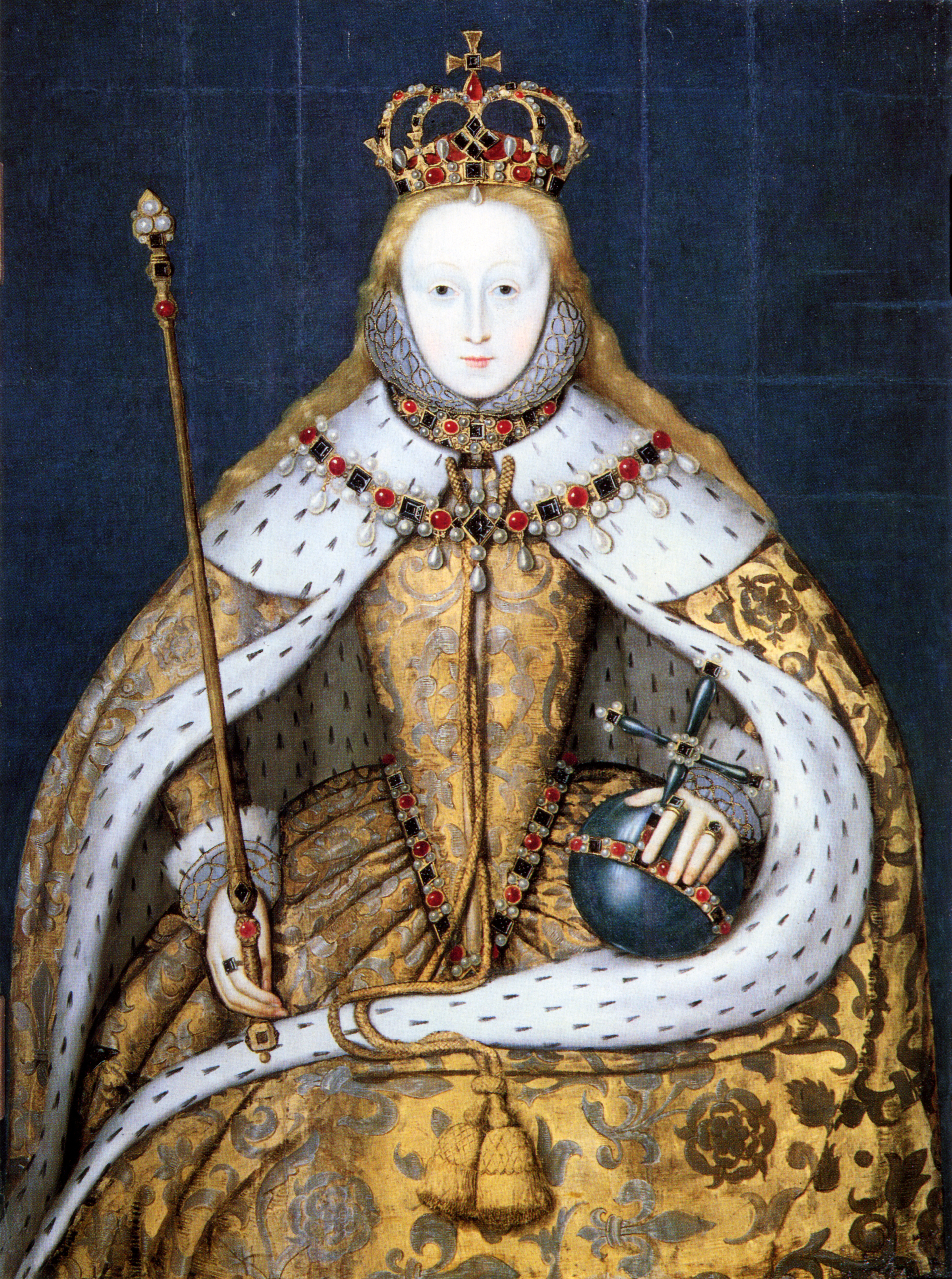
The Tin Drum
The Coronet Theatre, 24th February 2020
I know. This is ridiculous. Posting some comments on something the Tourist saw over 18 months ago. But I started. So I’ll finish. And with some cracking live theatre now under his belt, the Tourist’s cultural mojo is back with a bang. Not that it went away but that intellectual funk is hard to shake off.
Tuscany. Puglia. Andalusia. For lifestyle and sunshine. Or North/South Holland (Rotterdam, Delft, Leiden, Haarlem, Amsterdam, take your pick). Or Ghent. For people and culture. These are the sort of places that the Remainiac, Metropolitan Elite, Liberal, Tourist fantasises about escaping to when he gets wound up by the latest instalment of idiocy from our venal, lazy, incompetent, ideologue Government and its fan club. Of course he will never actually leave. Oppositional populism always collapses in on itself and the grown ups will be back in charge to pick up the pieces now that reality is biting. Only a matter of time. Mind you the toddler exceptionalist tantrum of Brexit looks set to cause further damage. Such is the elective dictatorship we English seem to have saddled ourselves with.
Oh, and then there is Berlin. For if there is one city which rivals London in terms of its cultural opportunity then Berlin is it. Berlin, obviously, supported its theatres through the recent dark days and months. Here in Blighty some of the greatest theatre-makers on the planet, creating the very stuff of human existence, had to beg for assistance which, though eventually forthcoming, was still couched in the usual philistine carping about the arts standing on their own two feet and some incoherent gammon-rambles about “woke”.
Anyway that’s enough keystrokes wasted on the clown that purports to leads this country and his petty corrupt cronies. The point is Berlin looks after it’s culture. Even the problematic bits. So maybe the list should be extended to said city. After all its theatre is second to none. Whilst the Berliner Ensemble streaming offer through lockdown was rendered inaccessible to the idiot Tourist by his lack of German, its confederate down the road, (quite a long way down the road as it happens), Schaubuhne Berlin, served up all sort of theatrical goodies for us English only speakers during the had lockdown. Mr Ostermeier’s Hamlet, An Enemy of the People, Hedda Gabler and Professor Bernhardi, as well as Katie Mitchell/Alice Birch’s Orlando were amongst the best of my lockdown viewing for which I have very grateful.
Which takes me all the way back to February 2020 and the Coronet which secured the services of director Oliver Reese and fearless performer Nico Holonics for a few nights to perform their celebrated adaptation of Gunther Grass’s novel The Tin Drum. Now as it happens I only the know the story, if that is what you can call Herr Grasse’s confabulation of Nazism, guilt and psychosis as seen through the eyes of bizarre man-child Oskar Mazerath, via the film version directed by Volkor Schlondorff and starring the then 11 year old Swiss actor David Bennent as wee Oskar. But that was some time ago so I confess the details were sketchy. I had not read the book but was surprised to learn that neither had TFP, my companion for this evening and go-to in all matters of German literary culture. Which left us both able to immerse ourselves in this sublime piece of theatre without too much knowledge aforethought.
Now it is a strange story. Oskar is the child who refuses to grow beyond the age of three, an outcast who recounts his own history, the death of his mother, his two “presumptive fathers”, his sexual awakening, alongside that of Germany before and during WWII, forever banning on his beloved tin drum or shattering glass with his screams. Clown or monster, mad or piercingly sane, instigator or passive observer, Oskar is a mess of contradictions. Nico Holonics has been inhabiting this little chap for a few years now so it should come as no great surprise how brilliantly Oskar is realised. What is more astounding is how quickly, with barely more than a pair of short trousers and a few props, though with lashings of thespian skill and attitude, he takes us with us. If acting is conquering the fear of performance, then NH, over near two hours, shows just how it should be down. It’s in German, the sur-titles, I am reliably informed, do not quite nail it idiomatically, and there is a little, somewhat forced, audience participation and fourth wall breaking. Despite this, Oscar, in all his glory and ignominy shone through. If shine is the right adjective.
Messrs Reese and Holonics are not quite ready to put little Oskar to bed just yet. Indeed he is being wheeled out as we speak in Berlin. Apparently in English on occasion. If this ever comes anywhere near you, and high-brow allegory and exemplary acting craft float your boat, then this is a must see.
Right time to begin the great catch up.









